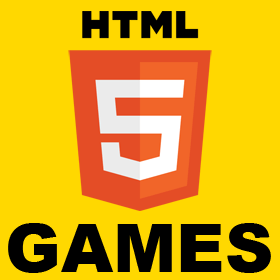Error: An invalid APK was received. Not a signed jar file.
When I tried to upload APK file to Aptoide store which was built using cordova and signed for the release version, I got this error An invalid APK was received, does not seem to have all files correctly signed. Please verify apk signature and try again. Signature error: Not a signed jar file The same APK was fine when uploaded on Google Play Store. In order to fix this problem I had to create an unsigned release version of the APK using cordova and then sign it using jarsigner utility. In order to create unsigned release version of the APK, following command can be used cordova build android –release Jarsigner utility comes with java sdk and can be found @ your JDK bin folder (for ex, C:\Program Files\Java\jdk1.8.0_131\bin). The command which can be used to sign the APK is as following jarsigner -verbose -tsa http://timestamp.comodoca.com -keystore android.keystore -storepass password mygame.apk alias[…]



